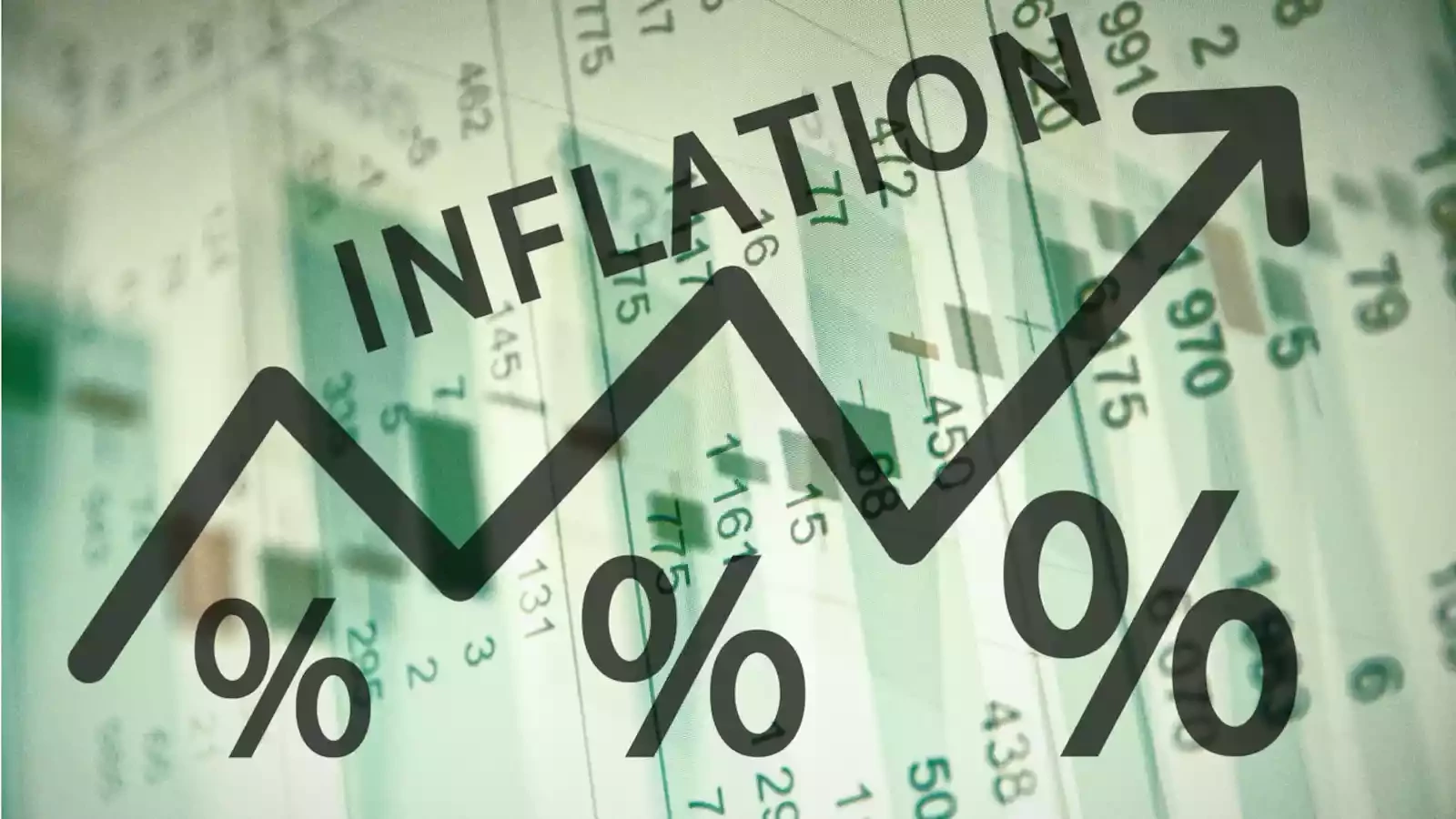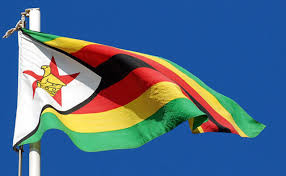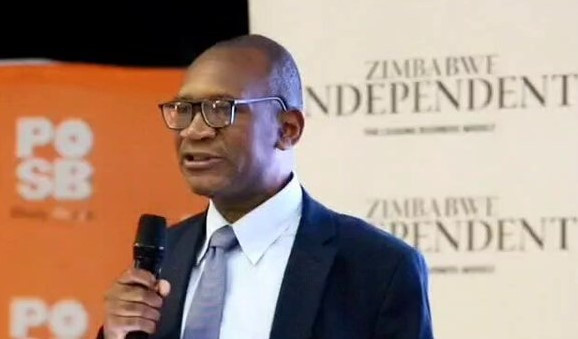
THE Zimbabwe National Statistics Agency (Zimstat)’s announcement that annual inflation reached 85,7% in April 2025 has been met with scepticism, as many economists argue the true figure has already surpassed 100%.
Whether officially acknowledged or not, the threat of hyperinflation dangerously lingers. This is a destructive force the country has endured before. The consequences of such high inflation are severe, particularly for an economy still recovering from the devastation of 2008. Runaway inflation does more than push prices higher; it destabilises entire economies. Savings evaporate, investment dries up, and rational economic planning becomes impossible. Businesses struggle with pricing, workers watch their purchasing power collapse, and foreign capital flees.
The Confederation of Zimbabwe Industries has rightly pointed out one immediate symptom: soaring borrowing costs. When inflation spirals, lenders hike interest rates to compensate, making credit prohibitively expensive for businesses. This strangles production, leading to shortages and even steeper price rises — a self-perpetuating crisis.
Perhaps most damaging is the erosion of trust in the local currency. Despite the introduction of the Zimbabwe Gold (ZiG) last year, confidence remains fragile. If businesses and consumers abandon it in favour of the US dollar or rand, as happened in the past, Zimbabwe will lose control over its monetary policy entirely.
A return to full dollarisation would leave the country at the mercy of external shocks, with no tools to manage its own economy. To avoid this fate, Zimbabwe must take urgent, credible action.
First and foremost, fiscal discipline is non-negotiable. Hyperinflation is fundamentally caused by governments printing money to cover deficits. Zimbabwe must stop relying on the central bank to fund its spending. This means cutting wasteful expenditure, rooting out ghost workers, and ensuring subsidies — such as those for fuel and agriculture — are sustainable and well targeted.
The ZiG’s stability hinges on transparency. Its supposed backing by gold and foreign reserves must be audited regularly and the findings made public. Without this accountability, suspicion will grow, and any sudden expansion of money supply beyond reserves will trigger another currency collapse.
Beyond monetary fixes, Zimbabwe must address the real economy. Inflation is not just about too much money chasing too few goods — it is also about too few goods being produced. Reviving industry and agriculture is critical. Policies that support local manufacturing, reduce reliance on imports, and attract foreign investment are essential to boosting supply and taming price rises. Finally, the credibility of inflation data itself must be addressed. The gap between Zimstat’s figures and market realities undermines trust. An independent body should verify inflation statistics to ensure accuracy and restore confidence among businesses and investors.
- Thousands flee economic mess
- Disband RBZ: Hanke
- 40 000 enumerators threaten legal action
- Zimbos don't want to burden SA's health system
Keep Reading
Zimbabwe cannot afford another economic collapse. The scars of 2008 are still fresh, and the ZiG’s introduction was a chance to rebuild trust. But that trust will vanish without decisive action — genuine fiscal restraint, transparent monetary policy, and structural reforms to stimulate production. The alternative is a return to hyperinflation, and that is a risk Zimbabwe simply cannot take.











